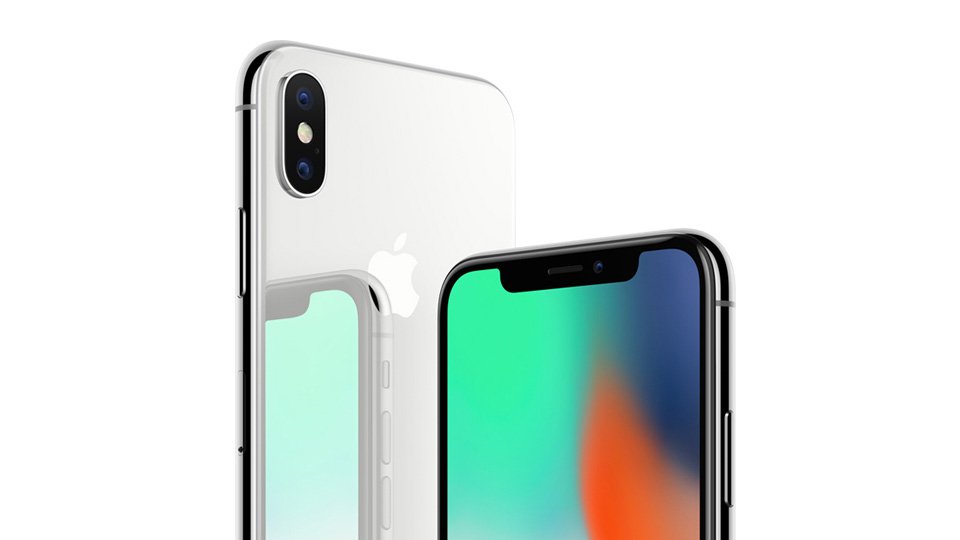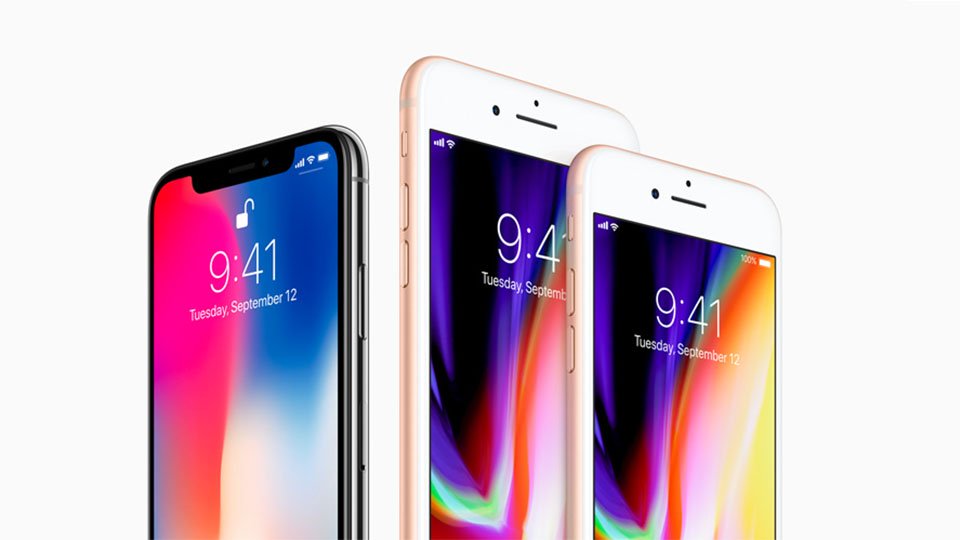
The iPhone X is officially on the market now and if you intend to upgrade your iPhone, but haven’t gotten around to it yet, now is the time to seriously compare the iPhone X against the iPhone 8 and 8 Plus.
There are plenty of places online where you can read (and argue over) the tiniest details and minutia surrounding the new iPhones—if you’re into that kind of thing.
What we’re into is getting the best value, dollar-for-dollar, on our tech purchases. With that in mind, let’s take a look at the things that really matter (and point out the things that don’t).Hardware: Different Faces, Same Guts

Let’s lead with the most absolute boring thing about the new iPhone lineup just so we can get it out of the way. The iPhone 8, iPhone 8 Plus, and the iPhone X all have, essentially, the same guts. All of them rock Apple’s new A11 “Bionic” chipset with a six core GPU, a six core CPU, and the same M11 motion coprocessor.
The only real difference under the hood is that the iPhone 8 only has 2GB of RAM while the iPhone 8 Plus and iPhone X have 3GB.
Does this matter? No, not really. Yeah the iPhone 8 has less RAM, but it’s also sporting a smaller and less demanding display. Practically speaking you’d be hard pressed to notice the difference.
Speaking of hardware similarities, all three phones are also rated IP67 for dust and water resistance so—regardless of the model you pick—they’re equally likely to survive a rainstorm or an accidental dunking.
Screen Size, Quality, and Considerations

We spend a ton of time looking at our phones and screen quality matters. How do the phone compare? We love bleeding edge tech and shiny things as much as the next gadget hound (look where we work, after all) but that doesn’t mean the raw numbers are the be-all-end-all consideration. Your actual user experience with the device is far more important than squeezing out some more pixels-per-inch.
First, the technical specs. The iPhone 8 has a 4.7 inch LCD screen with a pixel density of 326 ppi. The iPhone 8 Plus has a 5.5 inch LCD (with 401 ppi). The iPhone X has a 5.8 inch screen with an OLED screen and a pixel density of 458 ppi.
Objectively, the iPhone X has a very high resolution screen with a higher quality panel than either of the iPhone 8 models. There’s no debating that the screen is sharp, beautiful, and the largest you can get on an iPhone, packing an iPhone Plus size screen (and then some) into a body hardly larger than the regular iPhone 8.
The iPhone X has a beautiful screen, but when it comes to usability there’s more to life than pixels per inch.
But there’s more than a few trade offs. To get that nearly-bezel-free experience you lose the Home button (and the Touch ID functionality that comes with it). The display ratio of the iPhone X is 2.17:1 whereas the ratio of the iPhone 8 and iPhone 8 Plus is 16:9 (perfectly matched to practically all the media on the market at the moment). You get more screen real estate on the iPhone X but it’s not immediately clear if that’s of any true benefit.
Not only do you lose any sort of bezel with which to hold your screen (as well as the aforementioned Home button) but the vast majority of videos you watch are going to end up…
The post Is the iPhone X Worth the Premium? Probably Not. appeared first on FeedBox.